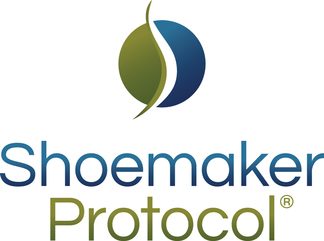Week of April 17, 2023

1/ Remediation, Consensus Statement
QUESTION: I can not locate the consensus statement on remediation on the website. I understand this details remediation processes including deep cleaning methods. What is it called?
ANSWER: The original “consensus opinion of expert mold treating physicians” was published by Policyholders of America on their site in 2010. A free download is available on this website also.
There is now an updated report now available on the Surviving Mold Site: Consensus Statement for Microbrial Remedition 2020.
You can also access the document by visiting the www.survivingmold.com home page, then click on the “Patients Resources” Tab, then “Remediation” and then choose the Consensus Statement 2020 link.
Or use the Search feature and type in Consensus Statement 2020.
2/ Remediators & Resources
QUESTION: We have spent thousands of dollars on failed remediation. We are looking for a list of remediation companies that are Surviving Mold-certified. We want to do things right without spending any additional money.
ANSWER: We are hoping that some of the initial work done by Michael Pinto to develop a list of certified contractors and remediators will come into existence soon. In the meantime, please review the principles on remediation espoused by Mr. Pinto, Greg Weathermen and those listed on the Surviving Mold website. The State of the Art Answers to 500 Mold Questions has multiple areas that will likely be of interest to you as well.
Greg has been working with Dr. Ritchie Shoemaker's patients for over a decade to remediate water-damaged homes and businesses to create a healthy environment for medically-sensitive patients.
Greg Weatherman of AerobioLogical Solutions, Inc., at survivingremediation.com, does extensive work with CIRS patients, and offers various services, consultations to medical grade training courses.
You might also find the following resources located on this site of interest:
- Greg Weatherman’s Remediation Consultation Report on the Surviving Mold site.
This compact guide contains 30 critical observations, compiled by qualified environmental and medical professionals, to evaluate individual and multi-family buildings. Multiple pictures provide examples of water damage that are frequently overlooked. Contact information for environmental experts, with extensive knowledge and experience with CIRS, is included.
3/ Residential housing
QUESTION: What is the best type of residence foundation that would exclude mold and other microbes?
ANSWER: The foundation will provide a means to support a structure. As part of the building envelope, the foundation is not guaranteed to exclude microbial growth. What I look for in a foundation ideally will be a site on top of the hill with a concrete slab that is insulated and sealed below the slab and above. Foundations involving crawl spaces and basements are number one items to inspect looking for evidence of water intrusion.
4/ Remediation; quaternary ammonium compound
QUESTION: I am looking for detail regarding quaternary ammonium cleaning products for biotoxin patients. My CIH is suggesting we use concrobium. Please assist us.
ANSWER: I am unfamiliar with clinical data showing benefit of concrobium compared to any other cleaning solution. The ABC’s still apply with confirmation that after water intrusion has been abated; and building materials have been removed if contaminated and encapsulated if they can’t be removed; and that cleaning of bioaerosols reservoirs in the air, on floor coverings, on walls and ceilings in addition to personal possessions have been completed. Repeat HERTSMI-2 testing done one month after completion of such cleaning is indicated. For patients with particular sensitivity (and you mentioned you were a 4-3-53) it may be necessary to do a re-exposure trial which labs are done on you before re-entry and after using the SAIIE protocols (see PowerPoint presentations on the website).
The reason this additional step may be necessary due with the incredible importance for those with extreme susceptibility to remove bioaerosols below levels which we would see in computer clean rooms.